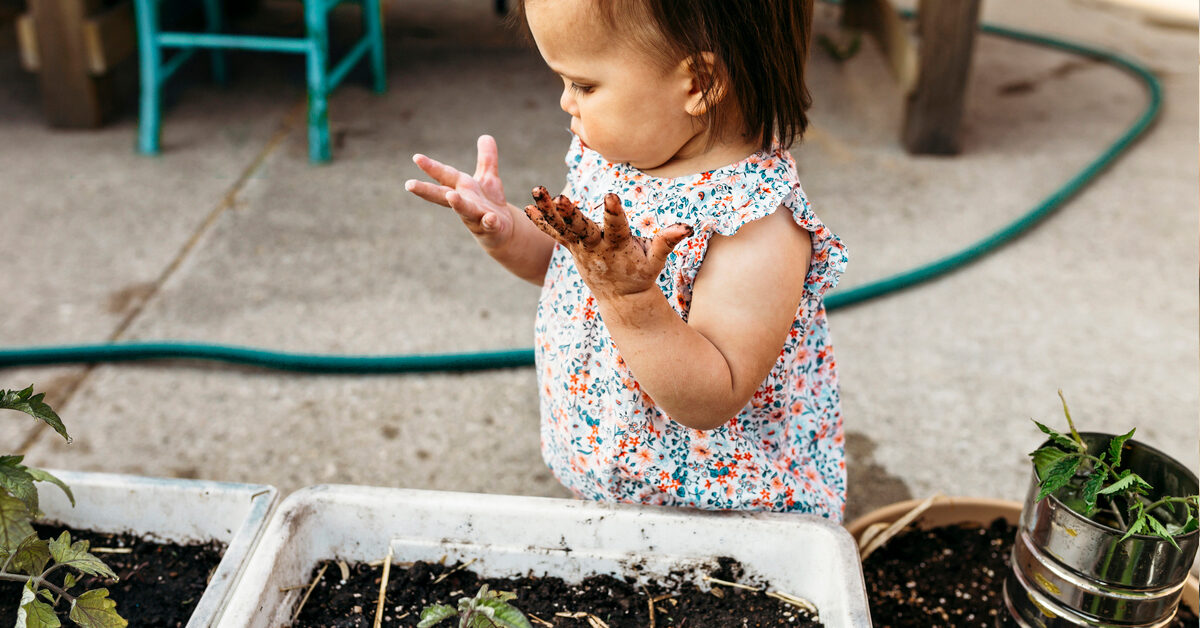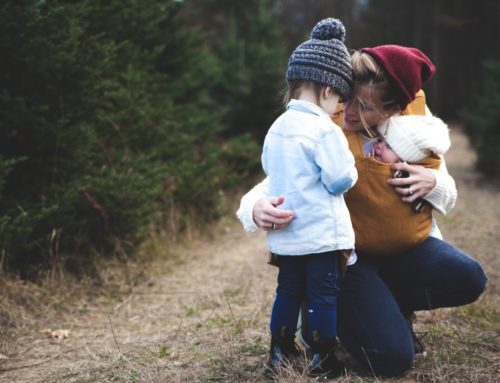You might have a little one who is hesitant about engaging in messy play. They aren’t the first to dive into water play or the sandpit and they are very unsure about playing with certain textures such as rice/oats/beans/lentils/porridge/slime/cooked spaghetti/shaving foam etc. Even new experiences such as various movements (swinging, sliding, rocking, swaying) or changing positions (upside down/sideways/crawling) unsettle them. These are often our sensory sensitive or avoidant children. Their brains interpret new information as scary because they often feel overloaded by the sensory experience. Their brains need more time to process and understand the sensory information. This is why we should expose but never force children to participate in new sensory experiences – it has to be in their own time, at their own pace, when they feel safe and ready.
For these more sensitive little ones, we can use a technique known as graded exposure. This is where we exposure children gradually to sensory experiences that they might be fearful or unsure of. We expose them for short periods of time (as much as they are willing to tolerate) and then repeat this over a period of a few weeks until they feel more comfortable and have built up more tolerance towards the sensory experience. We then increase the intensity of the exposure gradually as well. Always ensure that your little one is not tired or hungry when trying a new experience.
For example, if a child is fearful of swinging, step one might be holding them while you push a teddy/doll together on the swing. Step 2 might be encouraging them to push the teddy/doll on their own. Step 3 might be to put them on your lap and then just sit on the swing (without actually swinging) and you can practice this everyday until you start feeling them become more comfortable. Step 4 might be letting them sit on your lap while swinging slowly. Step 5 might be them sitting on a swing on their own while distracted by a book/toy. Step 6 might then be being pushed very gently and eventually them swinging by themselves on the swing.
Some of you may ask, but why does it matter for my child to engage in messy play or movement experiences? If they don’t like it, then can’t I just leave out sensory play altogether? And our answer is that it does matter. The more our little ones are exposed to different sensory experiences, the better their brains learn to interpret them and the more comfortable they are with more sensory experiences, the more play opportunities there are available to them. And of course, play is how they learn!
Another example might be a child not wanting to play with sand. Step 1 might be letting them use another object such as a stick to play in the sand, let them play on your lap so they feel safe, let them play with sand from your hand and then only later put hands into the sand themselves. They might only start with one finger and then move to one hand and later slowly to two and maybe, just maybe they will even sit in it eventually and never want to leave.
The duration of such a process is completely child-directed and we should always have the child’s emotional security as our main priority. You can read body language, facial expressions and gestures before the child has a complete meltdown so it’s helpful to try and ‘read’ your child in situations like these to not place unrealistic expectations on them.
Don’t be concerned about others thinking that there is ‘something wrong’ with your child and ensure not to label your child as fearful or anxious. Every little one is unique and processes information in their own unique way. Our role are caregivers is to create a safe and loving space for that to happen and to ensure we build their trust and are their biggest supporters as we gently guide them through life’s challenges.
Written by Courtney Mercer (OT and mom of 2)







